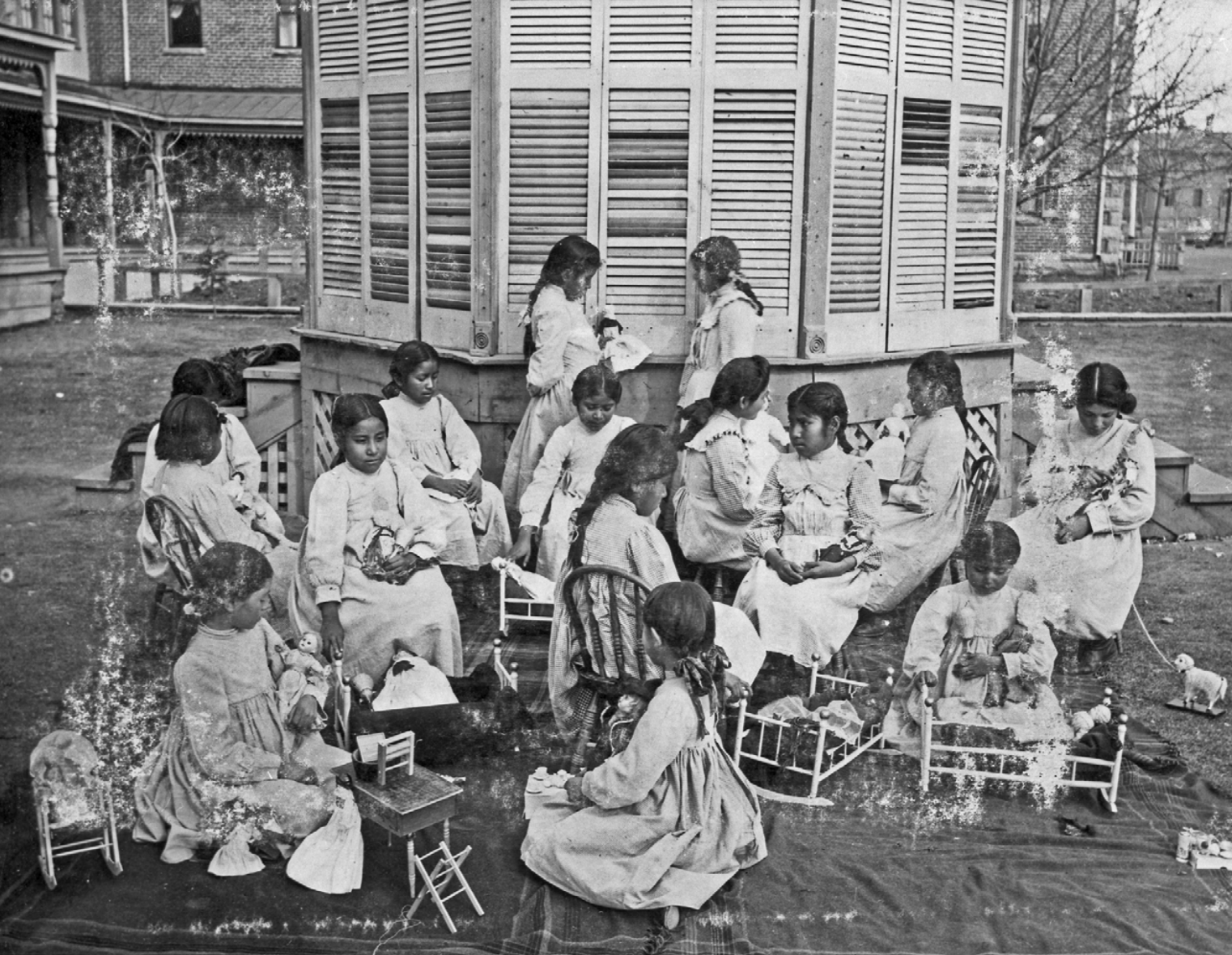
Baby dolls hold significant cultural and traditional meanings beyond being mere toys. They serve to reflect and reinforce societal norms and expectations related to gender roles and caregiving practices (Endendijk et al., 2014; Zeteroğlu, 2019). Girls from various cultures have played with baby dolls for centuries, each with unique cultural significance. In ancient times, baby dolls were used for religious rituals, fertility symbols, and children's playthings (Chernaya, 2014).

Cultural traditions varied, with dolls symbolizing marriage, birth, protection from evil, or as worthy objects for adult collectors, for instance dressed in haute couture (Almeida, 2018). As a part of the toy market for over a hundred years, Baby dolls representing roles for girls to practice caregiving, nurturing, and emotional bonding. A traditional toy, which is passed down through generations. Features like crying, peeing, and speaking in dolls reinforce caregiving and emotional connection skills, preparing young girls for future motherhood roles.
Research by Margaret Jacobs (2008) explores how different cultural backgrounds influence children's interactions and interpretations of dolls. The study shows how American Indian girls engage with dolls in ways reflecting their cultural practices, such as using cradleboards and making miniature teepees. White, middle-class ideals have also used dolls as tools to teach gender roles and domestic skills, aligning with cultural heritage and traditions in how girls interact with baby dolls. This shows how their cultures reflect the girls imaginative play with Baby Dolls, and that in Western countries female roles have been maintained in their traditionall norms.